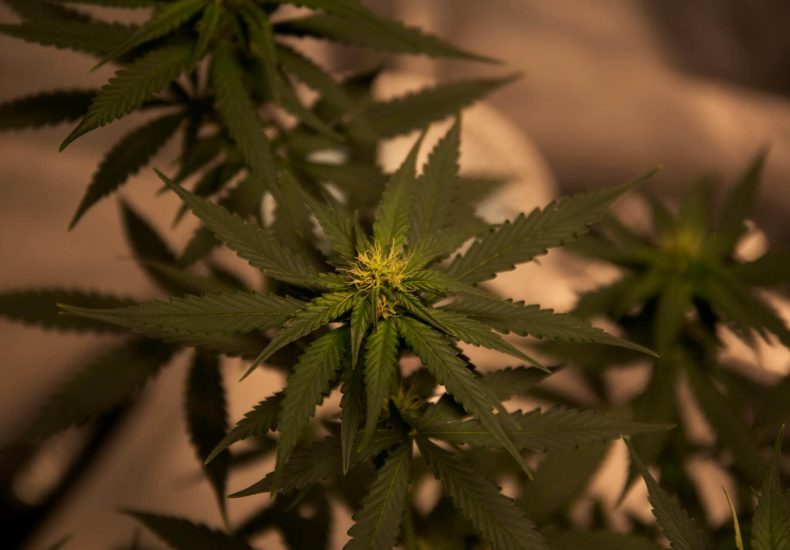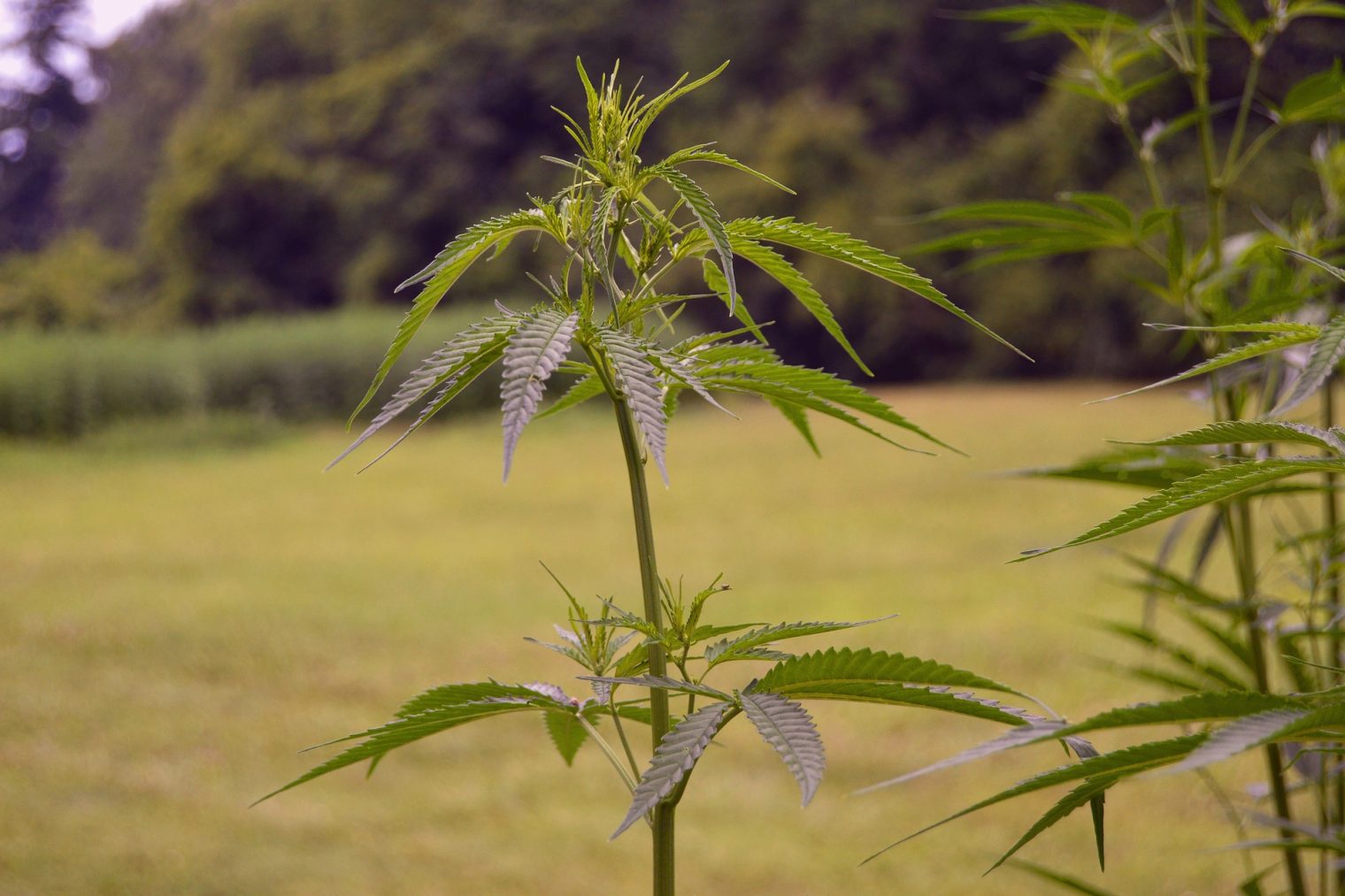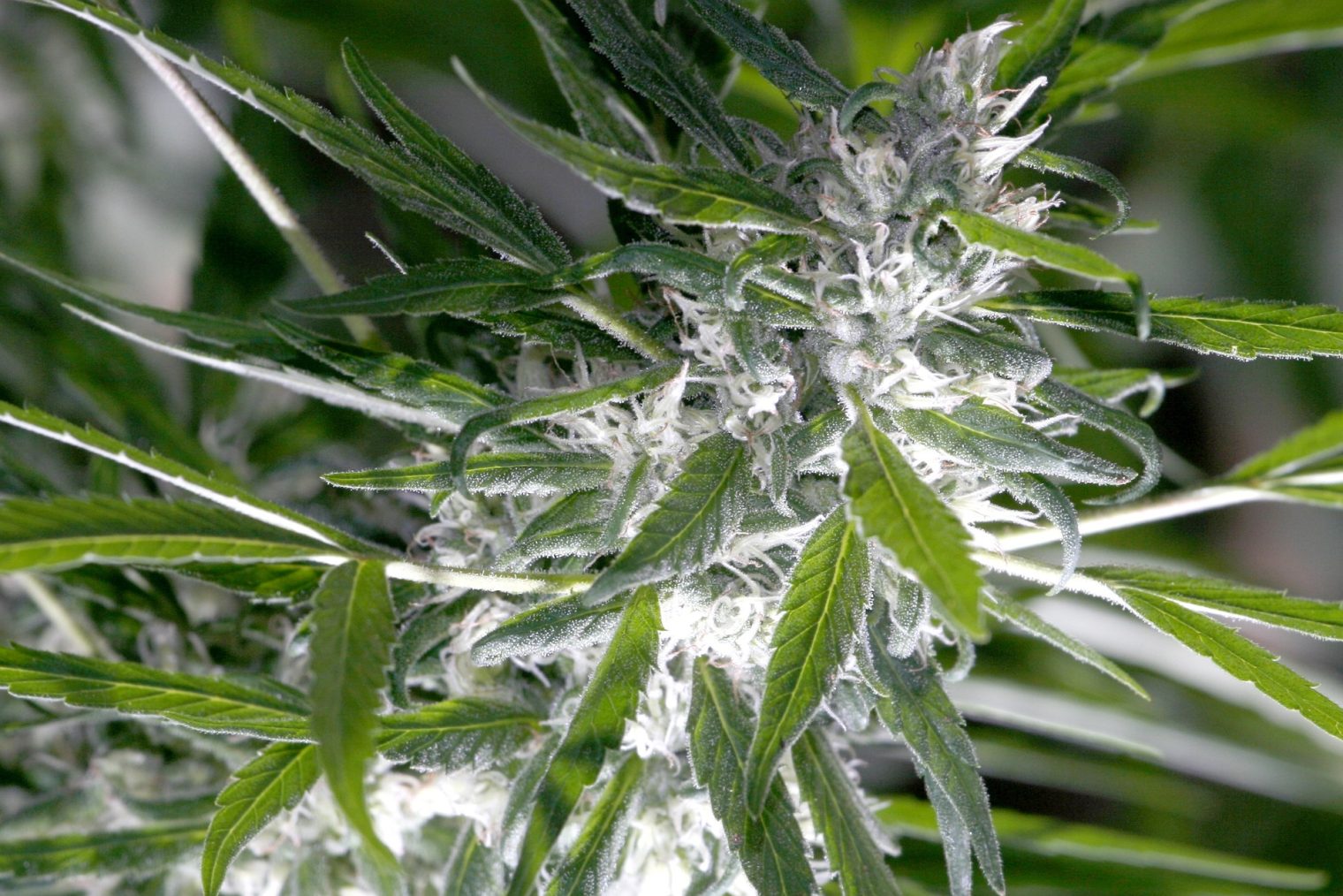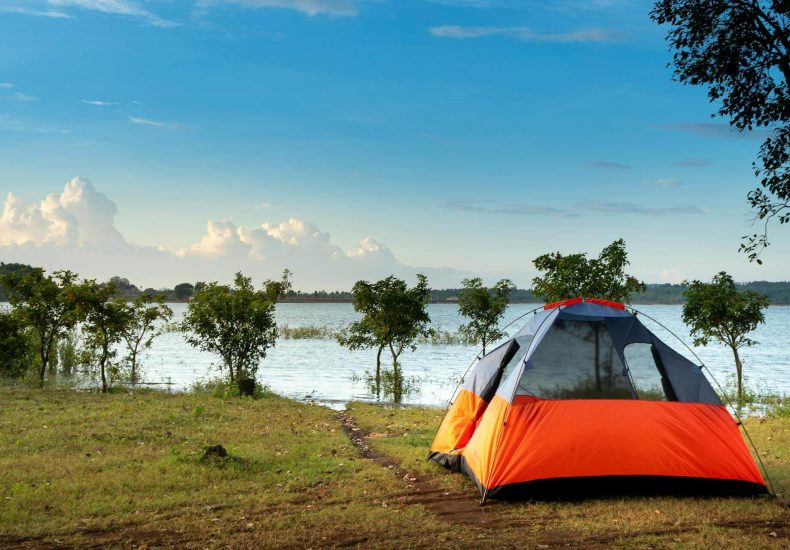 Cannabis
Cannabis
Table of Contents
All weed growers need reliable marijuana growing tips. Growing your own marijuana can seem like a big challenge. You might worry about not doing it right and wasting time and money. Here’s an interesting fact: with the right knowledge, growing cannabis at home can be surprisingly straightforward and rewarding.
Our blog will guide you through essential tips for successful cultivation that are easy to follow and effective. We cover everything from choosing the right strain to harvesting your plants at the perfect time.
Ready to grow? Let’s take a look at some cool marijuana growing tips.

Understanding the Basics of Growing Marijuana
Growing marijuana involves managing several key elements, including light, water, soil, nutrients, and airflow. Whether cultivating cannabis indoors or outdoors, understanding these basics is critical for successful growth.
Properly addressing each element is essential for healthy and robust marijuana plants.
Light
Light plays a crucial role in the growth and development of cannabis plants. Adequate lighting ensures that your marijuana receives enough energy for photosynthesis, the process by which plants produce food for themselves and grow.
For indoor cultivation, choosing the right type of lights, such as LED or HPS (High-Pressure Sodium) lamps, can mimic natural sunlight conditions and promote healthy growth.
Plants under artificial light need proper distance maintenance to prevent heat stress while ensuring they get enough intensity to thrive. Adjusting the light schedule controls flowering stages in cannabis breeding.
A common practice involves altering light exposure to 12 hours of light and 12 hours of darkness to induce flowering in most strains. This technique helps cultivators manage plant growth phases effectively for optimum yield.
Water
Water is a crucial element in marijuana cultivation. Proper watering techniques are essential for healthy plant growth and to avoid issues such as root rot and nutrient deficiencies.
When it comes to watering cannabis plants, it’s important to strike a balance – providing enough water without drowning the roots. It is advisable to water the plants when the top inch of soil feels dry, ensuring thorough saturation without leaving standing water.
This helps the roots receive adequate oxygen while also allowing them to absorb nutrients effectively.
Soil
Good soil is the foundation for successful marijuana cultivation. It should be well-draining and rich in nutrients, with a slightly acidic pH level between 6 and 7 to support healthy plant growth.
Organic soil amendments such as compost, worm castings, or bat guano can provide essential nutrients for cannabis plants without the need for synthetic fertilizers. Aeration is also crucial for root development, so adding perlite or sand to the soil can improve its texture and allow better airflow around the roots.
Additionally, regular testing of the soil’s pH levels will help ensure that it remains within the ideal range for cannabis growth. This step allows growers to make any necessary adjustments by using organic substances like dolomite lime or sulfur if needed.
Nutrients
Nutrients are essential for the healthy growth of marijuana plants, and it’s crucial to provide a balanced mix of nitrogen, phosphorus, and potassium. Additionally, trace elements such as calcium, magnesium, and sulfur are vital for robust development.
The right combination of nutrients not only supports vigorous foliage but also encourages strong root systems and improved resistance to pests and diseases. When cultivating marijuana, maintaining proper nutrient levels is key to achieving high-quality yields.
Moving on to “Air Flow”…
Air flow
Proper air flow is essential for successful cannabis cultivation. Adequate air circulation helps prevent the buildup of excess moisture, which can lead to mold and mildew issues. It also helps to strengthen the plant’s stems and branches, making them more resilient to pests and diseases.
A good airflow system will also distribute CO2 evenly within the grow area, promoting healthy growth and maximizing yields.
When it comes to environmental management for cannabis, maintaining proper air flow is crucial in creating an ideal growing environment. Without adequate circulation, your plants may struggle to thrive despite all other efforts.
Growing Cannabis Outdoors vs Indoors
Growing cannabis outdoors provides natural sunlight and ample space for plants to thrive, while indoor cultivation allows for more control over environmental factors such as temperature and humidity.
Each method presents unique benefits and challenges, requiring different strategies for successful cultivation.
Benefits and challenges
There are benefits and challenges to growing cannabis both outdoors and indoors. Outdoor cultivation offers the advantage of natural sunlight, which can enhance plant growth and minimize electricity costs.
However, outdoor growers may face challenges such as adverse weather conditions, pests, and privacy concerns. On the other hand, indoor cultivation provides a controlled environment with protection from external factors but requires an initial investment in grow lights and ventilation systems.
Choosing the right location for outdoor cultivation is crucial for maximizing sunlight exposure while maintaining security and discretion. Additionally, natural pest prevention methods like companion planting can help mitigate infestations without relying on chemical pesticides.
While indoor growers have more control over environmental factors like temperature and humidity, they need to invest in adequate ventilation systems to ensure proper air circulation within enclosed spaces.
Choosing the right location
When selecting the ideal location for growing cannabis, consider factors such as sunlight exposure, temperature, and access to water. Look for an area with ample natural light or ensure indoor grow lights can provide enough illumination.
Additionally, choose a space where temperatures remain consistent and are within the optimal range for cannabis growth. Access to water is also crucial, whether it’s through an outdoor watering system or proximity to a water source indoors.
Outdoor growers should take note of sunlight patterns throughout the day and possible obstructions that may limit light exposure. For indoor cultivation, consider setting up in a space where temperature control is achievable and proper ventilation can be installed to ensure adequate airflow.
Natural pest prevention methods
To protect your marijuana plants from pests, consider using natural pest prevention methods. Implementing companion planting with herbs like basil and cilantro can repel insects, while attracting beneficial predators such as ladybugs and praying mantises.
Additionally, creating a diverse habitat with various plant species discourages pest infestations by disrupting their breeding patterns. This makes it harder for pests to find and stay on the cannabis plants.
Regularly inspecting your plants for signs of pest damage is crucial to catch any issues early on.

Sunlight and temperature considerations
For successful marijuana cultivation, adequate sunlight and temperature control are crucial factors. Marijuana plants thrive in warm temperatures, ideally between 70-85°F (21-29°C) during the day and slightly cooler at night.
Providing direct sunlight for at least 6 hours a day is essential for healthy growth and robust flowering. Outdoor growers should carefully select a location that receives maximum sunlight exposure throughout the day to ensure optimal plant development.
Additionally, indoor cultivators must invest in high-quality grow lights to mimic natural sunlight and maintain consistent temperature levels within the recommended range using appropriate ventilation and cooling systems to support vigorous cannabis growth.
Essential Tips for Successful Marijuana Cultivation
Select the right strain, water plants properly, use pruning and training techniques, time planting and harvesting correctly, and consider using a greenhouse for better results. For more insights into successful marijuana cultivation, read on.
Selecting the right strain
When choosing the right strain for marijuana cultivation, it is essential to consider factors such as the growing environment, available space, and personal preferences. Quality genetics are crucial for a successful harvest, so it’s important to select a strain that will thrive in your specific conditions.
Understanding the characteristics of different strains, such as their resistance to pests or diseases and their flowering time, can help you make an informed decision. Consider seeking advice from experienced growers or using reputable sources to find the perfect cannabis seed selection for your needs.
Proper watering techniques
When cultivating marijuana, it is crucial to water the plants properly. Overwatering or underwatering can both have detrimental effects on the growth and health of the plant. To ensure optimal hydration, water your cannabis plants when the top inch of soil feels dry to the touch but not bone-dry.
This allows for healthy root development and prevents issues such as root rot. Additionally, using a watering schedule based on the specific needs of your strain will help maintain consistent moisture levels in the soil without causing waterlogged conditions.
Proper watering techniques are essential for promoting vigorous growth and maximizing yield.
Pruning and training techniques
Pruning and training are crucial techniques for shaping marijuana plants. Regular pruning helps control the plant’s height, improve airflow, and maximize light exposure. It also encourages better bud production.
Training techniques like low-stress training (LST) or screen of green (SCROG) can help create an even canopy, leading to more uniform growth and improved yield.
Implementing these methods during the vegetative stage can ensure a healthier and more robust cannabis crop. By incorporating these practices into your cultivation routine, you can optimize your plant’s potential for higher-quality yields while reducing the risk of mold or pests as well as enhancing overall plant health.
Timing of planting and harvesting
Plant marijuana outdoors after the last frost, once temperatures consistently reach 50-60°F. For indoor cultivation, start seeds in a controlled environment about 8-10 weeks before the last frost date.
Harvest outdoor plants when the flowers are at their peak maturity and the trichomes have turned from clear to cloudy or amber. Indoor plants should be harvested based on the flowering time specified for each strain, which typically ranges from 7-9 weeks for indica-dominant strains and 10-12 weeks for sativa-dominant ones.
Using a greenhouse for improved results
When cultivating marijuana, using a greenhouse can significantly improve the outcome. The controlled environment of a greenhouse allows for better regulation of temperature, humidity, and light exposure, which is crucial for successful cannabis growth.
Greenhouses also provide protection from pests and harsh weather conditions, allowing for a more stable and consistent growing environment. Additionally, greenhouses extend the growing season, enabling cultivators to harvest multiple times within a year.
Properly utilizing a greenhouse can lead to higher yields and better quality marijuana.
Common Mistakes to Avoid When Growing Cannabis
Avoid overwatering your marijuana plants, neglecting soil quality, ignoring pests and diseases, using poor pruning and training methods, and improper harvesting and curing techniques.
For more insights into successful marijuana cultivation, continue reading the full article.
Overwatering
Overwatering your marijuana plants can lead to root rot, which suffocates the roots and prevents them from absorbing nutrients and water effectively. This can result in stunted growth, yellowing leaves, and ultimately plant death.
To avoid overwatering, ensure that you let the soil dry out slightly between watering sessions. Use a finger or moisture meter to check if the top inch of soil is dry before watering again.
When overwatering occurs, it’s important to act promptly by adjusting your watering schedule and improving drainage. Consider using pots with drainage holes or adding perlite to your soil mix for better aeration and water flow.
Neglecting soil quality
Neglecting soil quality can significantly impact the success of marijuana cultivation. Poor soil conditions can lead to stunted plant growth, nutrient deficiencies, and increased susceptibility to pests and diseases.
It is crucial to ensure that the soil is well-draining, rich in organic matter, and has a balanced pH level to support healthy root development and overall plant vitality. Regularly testing the soil for nutrients and pH levels will help in identifying any deficiencies or imbalances that need to be corrected through appropriate fertilization and amendments.
By prioritizing soil quality, growers can create an optimal environment for robust marijuana plants with high yields.
Not monitoring for pests and diseases
Failure to monitor for pests and diseases can have disastrous consequences for any marijuana cultivation effort. Pests such as spider mites, aphids, or whiteflies can quickly infest plants if left unchecked.
Regular inspection of the plants is crucial in identifying early signs of infestation. In addition to pests, diseases like powdery mildew and bud rot can also wreak havoc on a crop if not detected promptly.
Monitoring involves regular visual checks of the plant’s leaves, stems, and buds for any abnormalities that could indicate an issue. It’s essential to be proactive in implementing pest management methods and disease control measures at the first sign of trouble to prevent widespread damage.
Poor pruning and training methods
To ensure healthy growth, avoid poor pruning and training methods, which can hinder your marijuana plants’ development. Incorrectly cutting or shaping the plant can lead to stunted growth or yield reduction.
Use clean and sharp tools when pruning, and always follow proper techniques to avoid damaging the plant. Training methods like topping, low-stress training, and defoliation should be carried out carefully to encourage optimal bud production without harming the plant.
Regularly check for any signs of stress caused by incorrect pruning or training.
Improper harvesting and curing methods
Poor harvesting and curing methods can significantly impact the quality of your marijuana crop. When mishandled, improper timing during harvest can lead to a decrease in potency and yield.
Additionally, premature harvesting could result in lower cannabinoid levels. To ensure optimal results, it is crucial to meticulously monitor trichome development under a microscope and tailor the harvest time based on the strain’s flowering stage.
Careful attention to detail during this stage is essential for unlocking the full potential of your cannabis plants.
Improper curing techniques may also compromise the flavor and effects of your marijuana. Inadequate drying or curing processes not only deprive your buds of their nuanced aroma but also invite mold, affecting both taste and safety.
Marijuana Growing Tips in 2024
Incorporating these essential marijuana growing tips into your cultivation strategy can lead to successful and thriving yields. From selecting the right strain to mastering watering techniques, from proper pruning and training methods to meticulous timing of planting and harvesting, these strategies are practical, easy to implement, and efficient.
How do you plan to apply these proven methods in your own cannabis cultivation journey? What potential impact could applying these approaches have on the success of your crop? Ensuring a tailored approach towards implementing these tips is key in navigating the ever-evolving realm of marijuana farming.
Now it’s time to take action — embark on this journey armed with knowledge that will enhance not only your yield but also your understanding of the complexities in this field.


